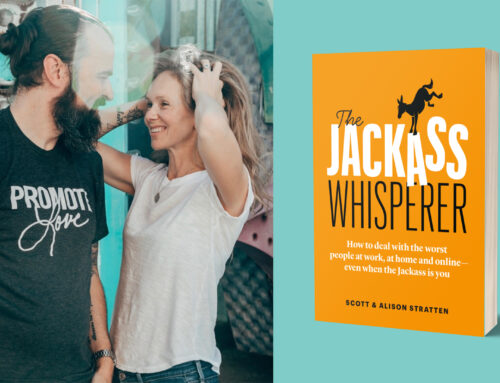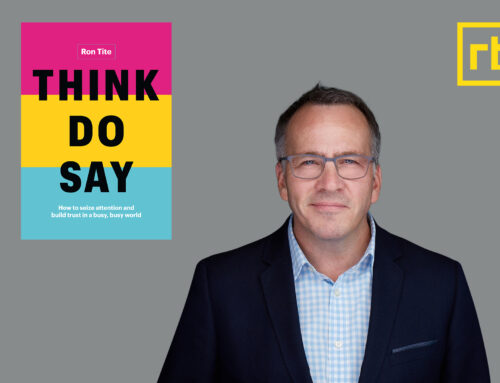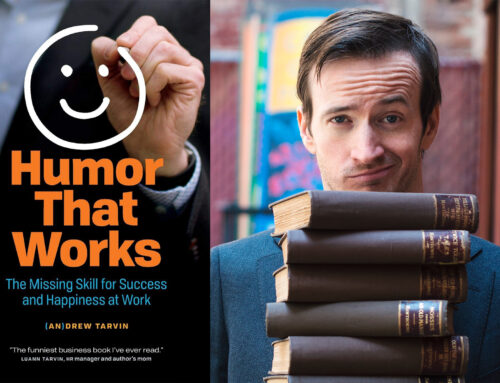Humor is hazardous to the health of public speakers. Most speakers want to be funny, but you’ve got to do humor well, or it falls flat and that’s worse than no humor at all. This week, in honor of May and May Day, I’m going to talk about how to manage humor in public speaking.
Traditional jokes – with punch lines – are the hardest to do. My first rule of the week is, don’t try traditional humor. But if you’re determined – or you think you’re funny – then here are a couple of tips for making the experience good for both you and the audience.
Let’s start with an example of a funny speech: http://tinyurl.com/c67xez. Emily Levine is a self-proclaimed trickster and a very funny person. She’s Harvard-trained and still manages to be hilarious. Does that make her a Type-A comedian? Anyway, Emily’s humor is all about finding the contradictions in modern life that we’ve stopped noticing. Stuff like the following sign in a beauty salon:
Ears pierced while you wait.
Just imagine the alternative. I’ll leave my ears hear until 5. I’ve got a couple of errands to run. But I’ll be back to pick them up. What? I couldn’t hear you.
Trickster humor is all about finding those sorts of contradictions and pointing them out. Also about crossing boundaries that are normally left intact. If there were an Olympics in martyrdom, my grandmother would have lost on purpose…..
Check out Emily and learn from her. She’s a comedian in the classic sense – she tells jokes. That’s very hard to do. As you watch the talk, note how she ‘sells’ her jokes with her body. When she talks about not hanging up on telemarketers, because Emily Post says it’s rude, she devises another strategy. After the telemarketer has delivered about half his pitch, she says, “I interrupted with, ‘You sound really sexy’. He hung up on me!” She says the ‘really sexy’ line with a husky voice, and sells the punch line with a pelvic stance. The tone of voice and the posture are essential to the humor.
So, if you’re determined to attempt traditional comedy in your speeches, then practice selling the jokes with your body language and voice. You’re got to be 100 percent committed to the joke – body and all. And then you’ve got to have a back up plan for recovery. Study tapes of Johnny Carson – he was the master of what to do when the first joke goes flat. Often his comebacks and reactions were funnier than the original line.
Beyond that, look for the contradictions. That’s where the humor is, and the punch lines. Traditional humor is all about setting up expectations and then violating them, crossing the boundaries of expectation. And finding connections where no one else sees them. Good luck.







“She’s Harvard trained and still manages to be hilarious ” – I liked that one !
Indeed, the element of surprise is key to delivering effective humor. Like this lady discussing her husband with her neighbor ” My husband is not the sort who will run after other women ! He’s too decent, too fine and too old !”
All the best for your May day speech !
Two years ago, i addressed the Harvard University Crimson Toastmasters on using humor in communication and despite their Harvard training, they exhibited a tremendous sense of humor !
“She’s Harvard trained and still manages to be hilarious ” – I liked that one !
Indeed, the element of surprise is key to delivering effective humor. Like this lady discussing her husband with her neighbor ” My husband is not the sort who will run after other women ! He’s too decent, too fine and too old !”
All the best for your May day speech !
Two years ago, i addressed the Harvard University Crimson Toastmasters on using humor in communication and despite their Harvard training, they exhibited a tremendous sense of humor !
Don’t know what is wrong what is rite but i know that every one has there own point of view and same goes to this one..
Don’t know what is wrong what is rite but i know that every one has there own point of view and same goes to this one..